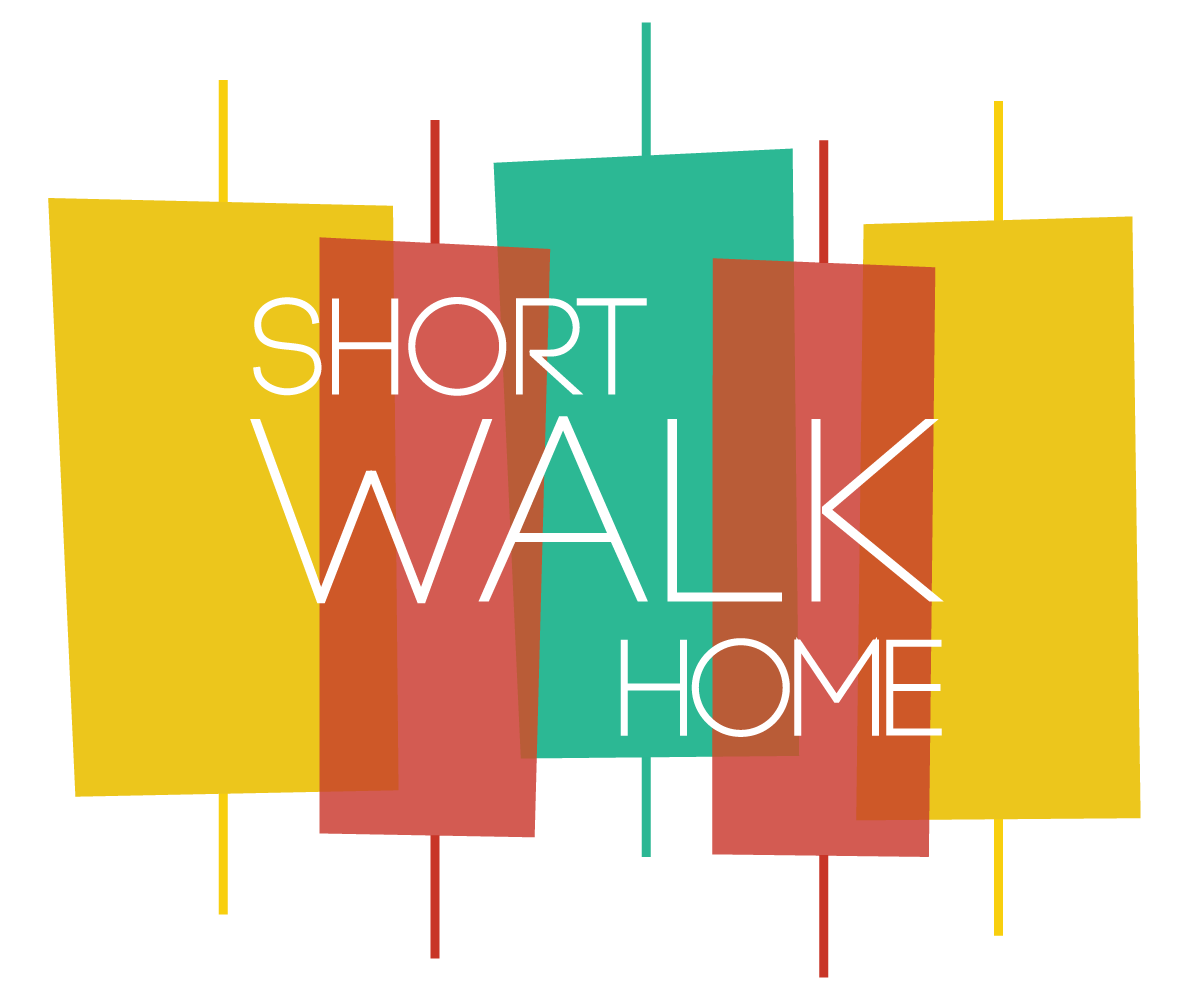The history of Charlotte’s Downtown or rather Uptown area is an interesting tale. The landscape of Center City has changed vastly over the last 100 years.
Our Center City grew in three distinct phases.
- The Village: what geographers term a “walking city” which was from 1753-1180
- The Street Car City: in 1891 the electric trolley system connected the heart of the “village” to the surrounding areas expanding the commercial core to help grow the city.
- Driving City: with the growth of the auto industry in the 30’s & 40’s, cars replaced the trolley thus allowing people to move farther out and to move commercial space to other areas.
Trade and Tryon is where our history begins. These streets were part of the original Indian paths which helped to inspire the settlement here. These were the main roads and the heart of the city.
In the 1850s the village had become populated enough to split the grid into four sub-sections for election purposes. The city fathers drew boundary lines down the middle of Trade and Tryon streets, making each quadrant of the village a separate political “ward” with its own elected representative. Outer boundaries of these wards expanded as the city grew, until 1907 when a ring of seven new suburban wards were added around the first four. 5 In 1945 Charlotte abandoned the ward system in favor of officials elected at large. 6 Institutions like Second Ward High School and First Ward Elementary kept the old names alive in the Center City; however today Charlotte’s original neighborhoods are still known as First, Second, Third and Fourth Wards. And you can live there. Stay tuned to learn more about our fabulous Four wards and makes each one unique and soooo livable.







